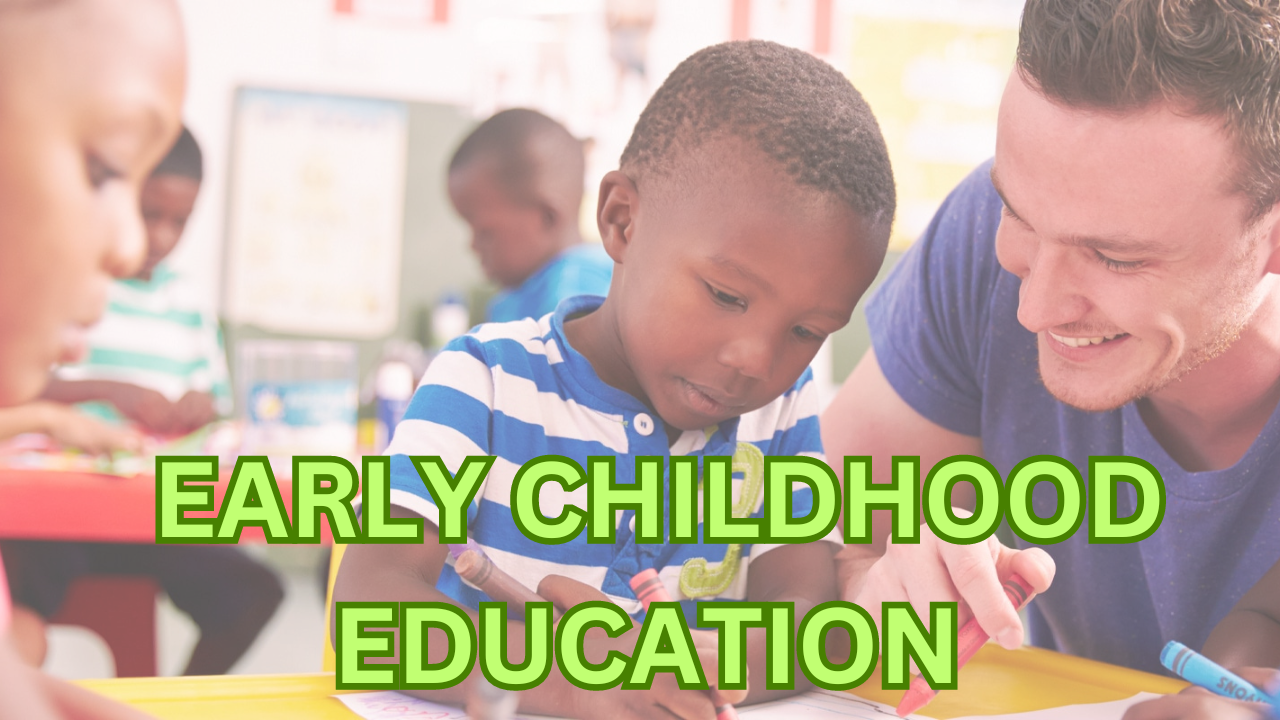Early childhood education (ECE) is critical for laying the foundation for lifelong learning and development, yet it faces numerous challenges globally. Financial constraints often lead to underfunded programs and larger class sizes, compromising the quality of education and the recruitment of qualified staff. A significant shortfall in faculty further exacerbates this issue, resulting in increased workloads and reduced individual attention for students. Educational constraints, including outdated curriculums and lack of training, hinder effective teaching. Regulatory neglect and unfair accessibility perpetuate disparities, while irregular quality and unreliable statistics impede progress. Additionally, insufficient family and community involvement and cultural obstacles create barriers to inclusive and effective early education. Addressing these multifaceted challenges is essential for ensuring equitable and high-quality education for all young learners.
Some of the top problems facing early childhood education (ECE) globally include:
- Financial Challenges
- Faculty Shortfall
- Education Constraints
- Regulatory Neglect
- Unfair Accessibility
- Irregular Quality
- Unreliable Statistics
- Family and Community Involvement
- Cultural Obstacles
Financial challenges:
Financial challenges in early childhood education refer to the difficulties in securing insufficient funding to support programs or schools and resources. These challenges impact the quality of education, getting necessary objectives, and the ability to attract and recruit qualified staff. Insufficient funding often results in larger class sizes, and limited professional development opportunities for educators or teachers, that why it ultimately affects children’s learning outcomes.
Especially in an under developing-country or 3rd world countries they did not allocate sufficient funds for education so they cannot compete with the world
Faculty Shortfall:
A faculty shortfall in education refers to a significant shortage of qualified teachers and staff. This shortage can lead to larger class sizes, reduced individual attention for students, and increased workloads for existing teachers. The lack of educators often stems from factors such as low salaries, high stress, and insufficient professional support, which can adversely impact the overall quality of education and student achievement.
Education Constraints:
Education constraints refer to the various limitations and barriers that Prevent effective teaching and learning. These constraints can include insufficient funding, outdated curriculum, insufficient training institutes, and lack of trained personnel. Additionally, external factors such as socioeconomic disparities, policy shortcomings, and infrastructural deficiencies also play a vital role. Together, these challenges impede the ability to provide high-quality education and achieve equitable learning outcomes for all students.
Regulatory Neglect:
Regulatory neglect refers to the failure of authorities to enforce laws, policies, and standards within a specific sector. In education, this neglect can lead to Poor monitoring of school operations, compromised safety standards, and substandard educational quality. It may result in outdated or poorly implemented curricula, inadequate teacher qualifications, and a lack of accountability, ultimately blocking student achievement and equity.
Unfair Accessibility:
Unfair accessibility in education refers to the unequal distribution of resources and opportunities among students, often based on socioeconomic status, geographic location, or other factors. This Inequality can lead to some students receiving high-quality education and support, while others face Substantial barriers to learning. Such inequality can affect academic performance, limit future opportunities, and perpetuate cycles of disadvantage.
Irregular Quality:
Irregular quality in education refers to substandard and modulation in the effectiveness of teaching and learning experiences. This can manifest as fluctuations in curriculum delivery, teaching methods, and student outcomes. Factors contributing to irregular quality include differences in teacher expertise, resources, and support systems. Such variability can impact students’ learning experiences, leading to unequal educational opportunities and outcomes.
Unreliable Statistics:
Unreliable statistics refer to data that is inaccurate, incomplete, or misleading, making it difficult to draw valid conclusions. In education, unreliable statistics can result from poor data collection methods, errors in reporting, or biases. These inaccuracies can affect decision-making, policy development, and resource allocation, leading to ineffective strategies and interventions that fail to address real issues or improve outcomes.
Family and Community Involvement:
Family and community involvement refers to the active participation of parents, guardians, and local stakeholders in the educational process. This engagement can include activities such as attending school events, volunteering, contributing to decision-making, and supporting students’ learning at home. Strong family and community involvement enhances student achievement, rapidly a supportive learning environment, and builds stronger connections between schools and their communities.
Cultural Obstacles:
Cultural obstacles are barriers that arise from differences in cultural norms, values, and practices, which can prevent effective communication and interaction. In education, these obstacles may include language barriers, differing expectations about educational roles, and varied cultural attitudes toward learning and discipline. Such challenges can affect students’ academic performance, teacher-student relationships, and overall inclusivity in the educational environment. Addressing cultural obstacles is essential for fostering an equitable and supportive learning experience for all students.
